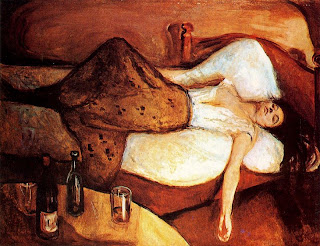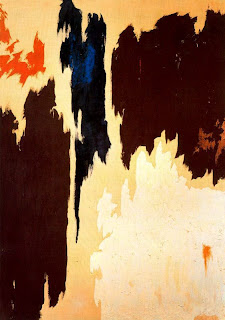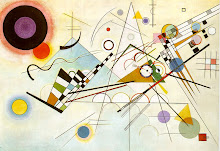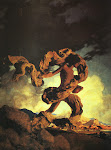Self-Portrait
1919
What a grand, revolutionary man Edvard Munch was. And what a strange man he was as well. Rather tragically, his reputation was slightly marred at death, as Munch was labeled a Nazi-sympathizer postmortem, because his funeral service was conducted by Nazis in pomp–yet the truth was that he was earlier labeled as a Degenerate Artist by the Nazi movement, and lived in constant fear that his works would be destroyed by them–the funeral was nothing more than puff.
As for his art, Munch was well known for creating multiple versions of a painting, which is why I've included two versions of his work Madonna, below, just as an illustration of his evolution. (I think that the model from the Madonnas is the the same as the one in The Day After, but that's a bit of conjecture on my part).
By the way
–this is a terrible aside
–but as I'm writing this I'm listening to Edvard Grieg. Since they're both rather famous Norwegians who lived in the 19th century and carried over to the 20th, both named Edvard (I think the last is probably the weakest connection); and since they are my favorite Norwegian Edvards, I thought, "Why not include a link to Grieg's beautiful piece?" So,
here it is.
Madonna
1894-1895
Loving Woman (Madonna)
1895-1905
The Dead Mother
1899-1900
The Beast
1901
The Day After
1894


























































